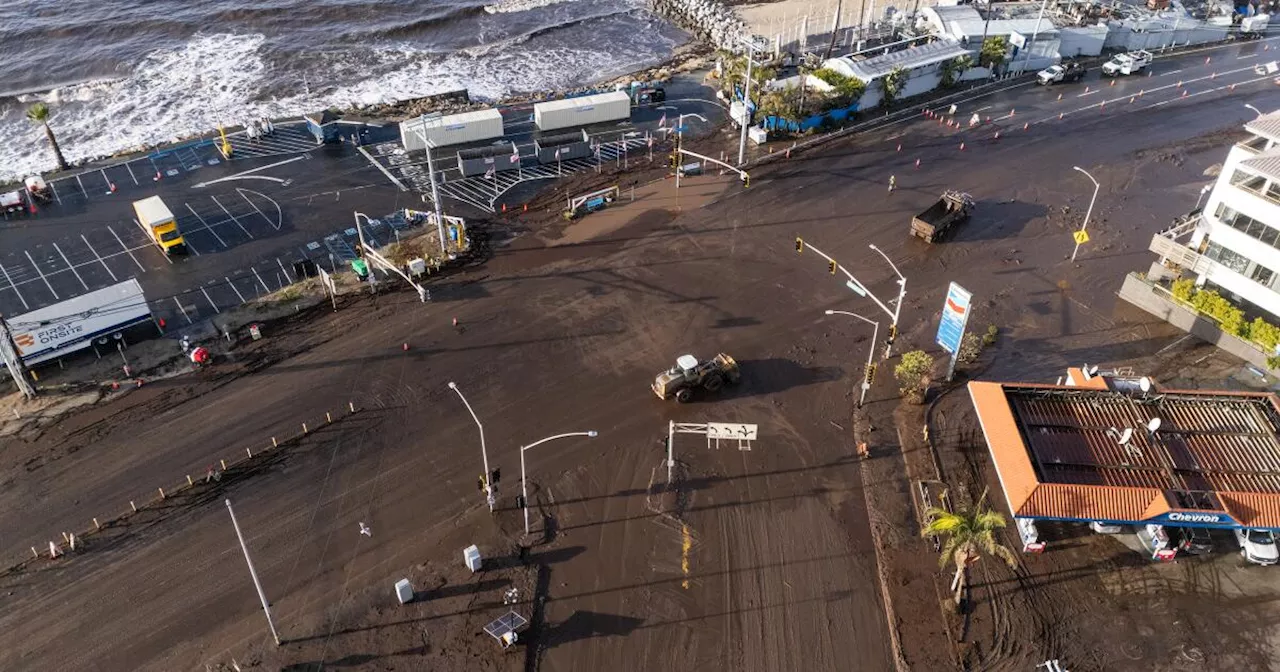Southern California, still reeling from devastating wildfires, was slammed by a powerful atmospheric river, triggering mudflows and mudslides across burn scars. The intense rainfall, breaking decades-old records, caused significant damage, closing roads, downing trees, and prompting evacuations. This severe weather event highlights the increasing frequency of 'hydroclimate whiplash' - the rapid shifts between extreme drought and deluge - a concerning trend linked to climate change.
Just five weeks ago, Pacific Coast Highway was smoldering from one of the most destructive firestorms in Los Angeles County history, with burned-out shells where scores of oceanside homes once stood. On Friday, the storied coastal road had dissolved into a river of mud and debris after a powerful rainstorm sent those burned hillsides careening toward the ocean, turning canyons into rivers of mud and rocks.
Southern California is used to the cycle of drought and deluge, where fires are followed by flooding and debris flows. But the last few weeks have brought particular climate whiplash to residents of the Pacific Palisades and Altadena burn zones. The fires exploded in part because of a lack of winter rain, which left the landscape unusually bone-dry for January. The rains finally came, but they brought a second wave of challenges. Damage from this week's rains were negligible compared to the fires. 'This was a one-two punch,' said Capt. Erik Scott, a spokesperson for the Los Angeles Fire Department. 'There’s an abundance of hazardous materials that needs to be removed, followed by fire debris removal, quickly followed by rain and mud, debris flow — all within a month and a half.” The aftermath of a powerful storm that dumped rain across Los Angeles County's burn scars came into focus Friday, with a section of Pacific Coast Highway closed after a hill dissolved into a river of mud and rockslides blocking canyon roads that meander through the area's foothills. At the height of the storm, mudslides rushed down Altadena streets, sending people running. Another slide along Highway 330 in the San Bernardino Mountains buried vehicles in mud and pushed some off the roadway. In Malibu, a torrent of mud and tree branches slammed into a fire department SUV, pushing the vehicle down a cliff and into the Pacific, where the driver climbed out and escaped without significant injury into the surf. The remains of burned homes and vehicles along the scenic coastal stretch were caked in a layer of sludge. These were among the frantic scenarios that played out as a record-breaking atmospheric river pounded Southern California this week. The three days of rain was a stark departure from the bone-dry conditions that had persisted through the first half of the region's traditional wet season, culminating in massive firestorms that leveled neighborhoods in Pacific Palisades, Malibu and Altadena. The rapid swings between intensely wet and dangerously dry weather — something climate scientists call 'hydroclimate whiplash' — are on the rise. In California, it's played out a number of times in recent years. In the winter of 2022 into 2023, dozens of atmospheric rivers brought record-breaking rain to California, burying mountain towns in snow, unleashing landslides and providing ample water for thirsty vegetation and farmland. Greenery continued to flourish the following year after another wet winter. But 2024 brought a record hot summer and ushered in a period of extended dryness that persisted deep into the typical rain season, parching that lush vegetation and creating tinder-dry fuel that helped fuel dangerous wind-driven wildfires. The firestorms that tore through Los Angeles County in January were some of the most destructive and deadliest in modern state history and came amid one of the driest starts to winter across much of Southern California. 'We're seeing a new phase of climate change, potentially, where we're actually able to observe and experience these greater extreme events much more frequently,' said Steven Allison, a professor of Earth System Science at UC Irvine. Typically, Southern California would see some rain before December so the landscape wouldn't be dry enough to catch fire in early January. A drought that lasted well into the winter months and resulted in a later high fire season with extreme winds was unusual, he said. 'And now we have not super extreme, but relatively high rainfall shortly after those fires. It's almost like three events that are relatively rare stacked up and happening in short succession,' Allison said. On Thursday, the brunt of the strongest storm of the rainy season so far slammed the region, shattering decades-old rainfall records and pounding charred hillsides with such intensity that it unleashed powerful mudslides and caused other damage. In Oxnard, the siding, rain gutters and roofs of several mobile homes were damaged after a weak tornado ripped through the Country Club Mobile Estates and the Ocean Aire Mobile Homes Estates. Los Angeles fire officials said 16 roads remained closed Friday across the city because of debris flows. There were more than 3,500 reported power outages and nearly 4,300 calls to public works about downed trees. Unlike the mild storms that hit Southern California last week, this atmospheric river was a soaker. The storm dumped 2.80 inches of rain on downtown Los Angeles on Thursday, breaking a daily record of 2.71 inches set in 1954. In Riverside,
Climate Change Mudslide Firestorms Wildfires Hydroclimate Whiplash Atmospheric River California
United States Latest News, United States Headlines
Similar News:You can also read news stories similar to this one that we have collected from other news sources.
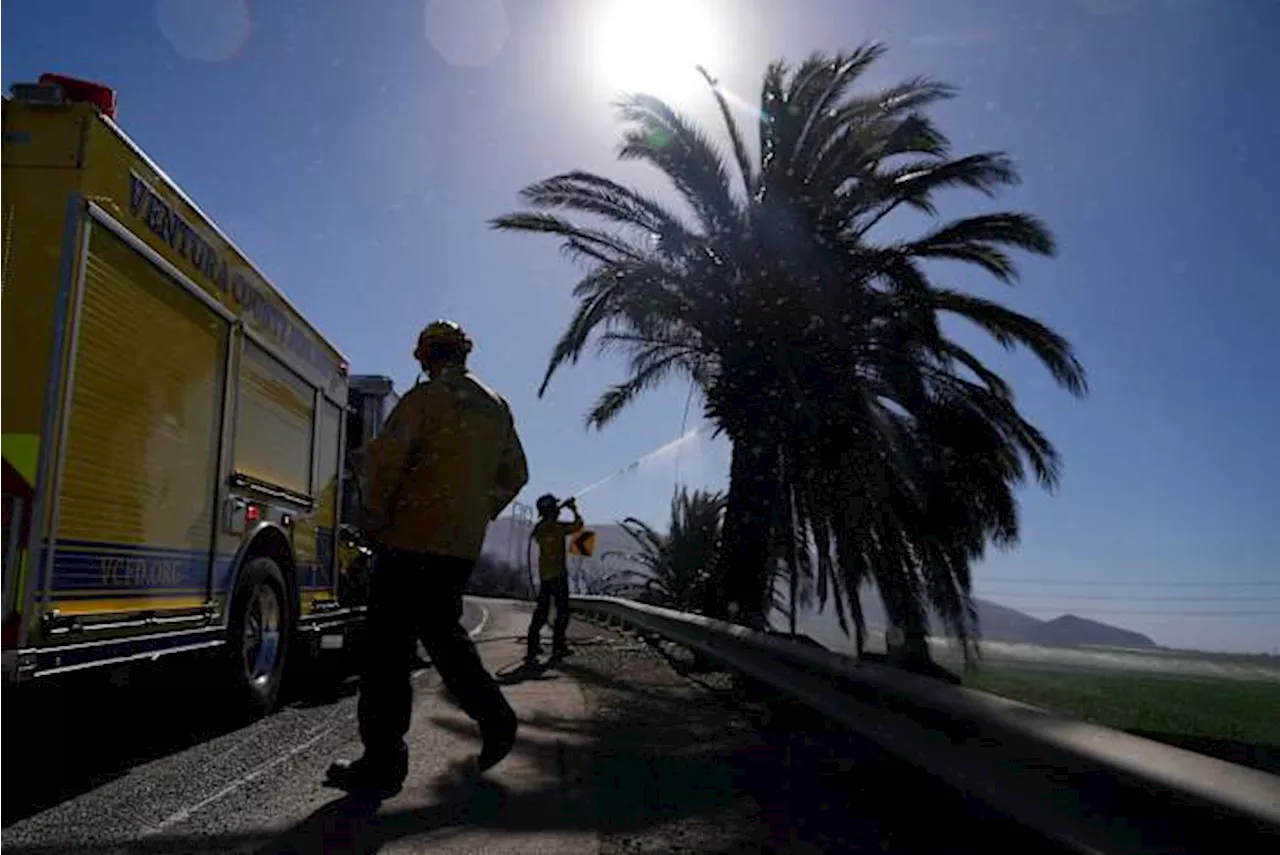 Rain in Southern California creates mudflows but helps firefightersMore rain is falling on parts of Southern California after causing mudflows over the weekend.
Rain in Southern California creates mudflows but helps firefightersMore rain is falling on parts of Southern California after causing mudflows over the weekend.
Read more »
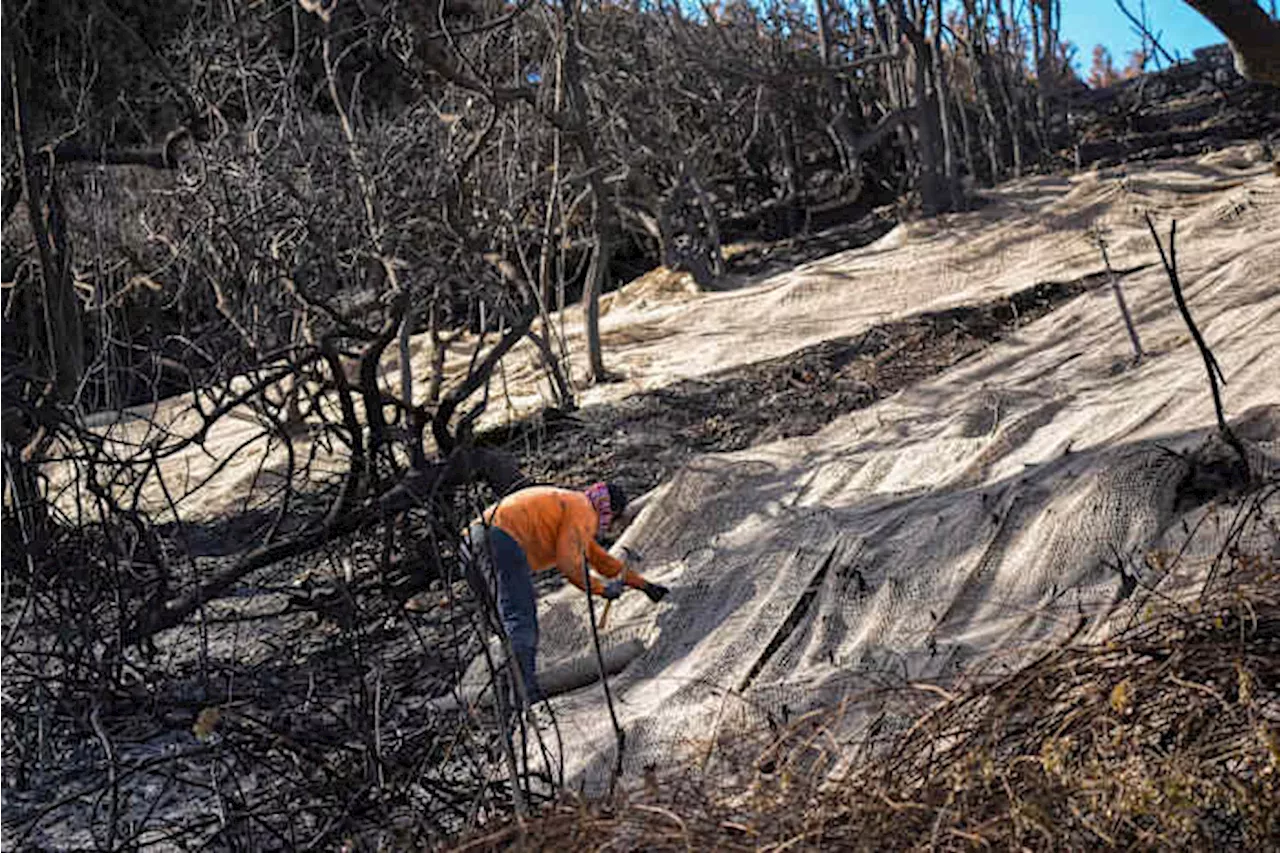 Rain in Southern California creates mudflows but helps firefightersMore rain is falling on parts of Southern California after causing mudflows over the weekend.
Rain in Southern California creates mudflows but helps firefightersMore rain is falling on parts of Southern California after causing mudflows over the weekend.
Read more »
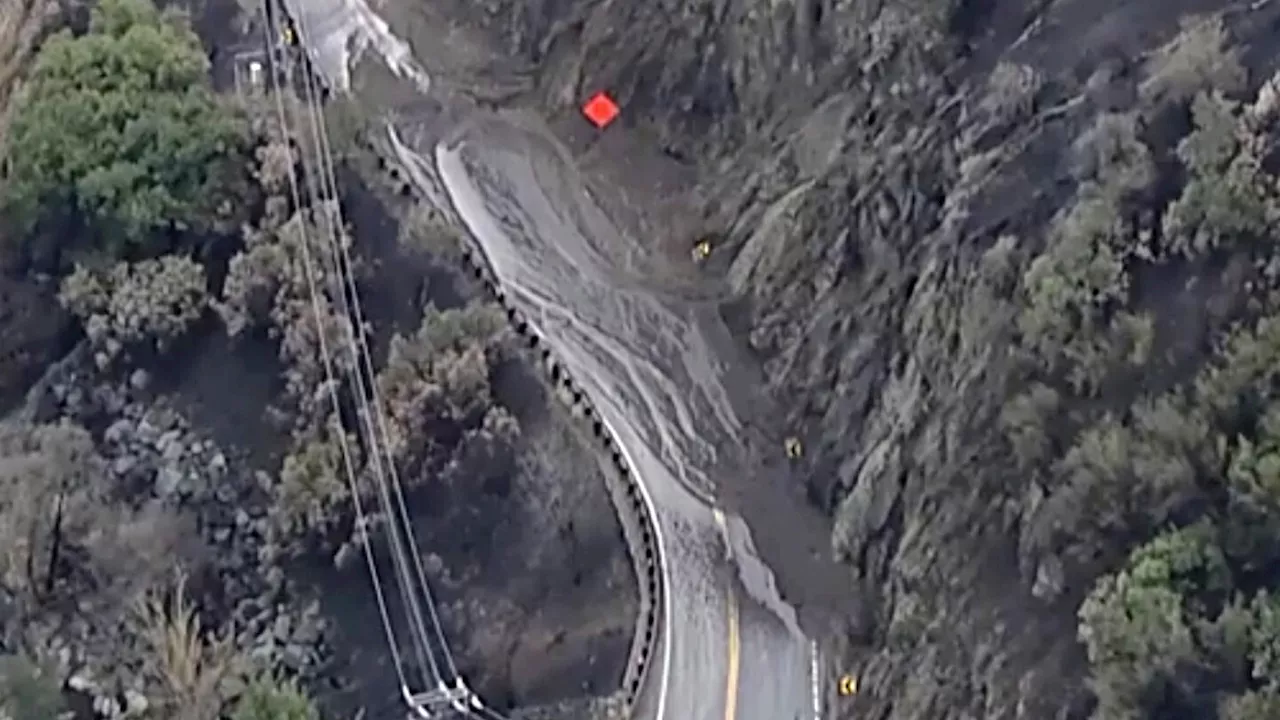 Mudflows Close Pacific Coast Highway as Southern California Braces for Ash RunoffMultiple locations in Southern California experienced mudflows and heavy snow as a result of recent rainfall. The Pacific Coast Highway was closed in Los Angeles County due to mudslides triggered by the downpour. Authorities are concerned about the potential for toxic ash runoff from areas scorched by wildfires.
Mudflows Close Pacific Coast Highway as Southern California Braces for Ash RunoffMultiple locations in Southern California experienced mudflows and heavy snow as a result of recent rainfall. The Pacific Coast Highway was closed in Los Angeles County due to mudslides triggered by the downpour. Authorities are concerned about the potential for toxic ash runoff from areas scorched by wildfires.
Read more »
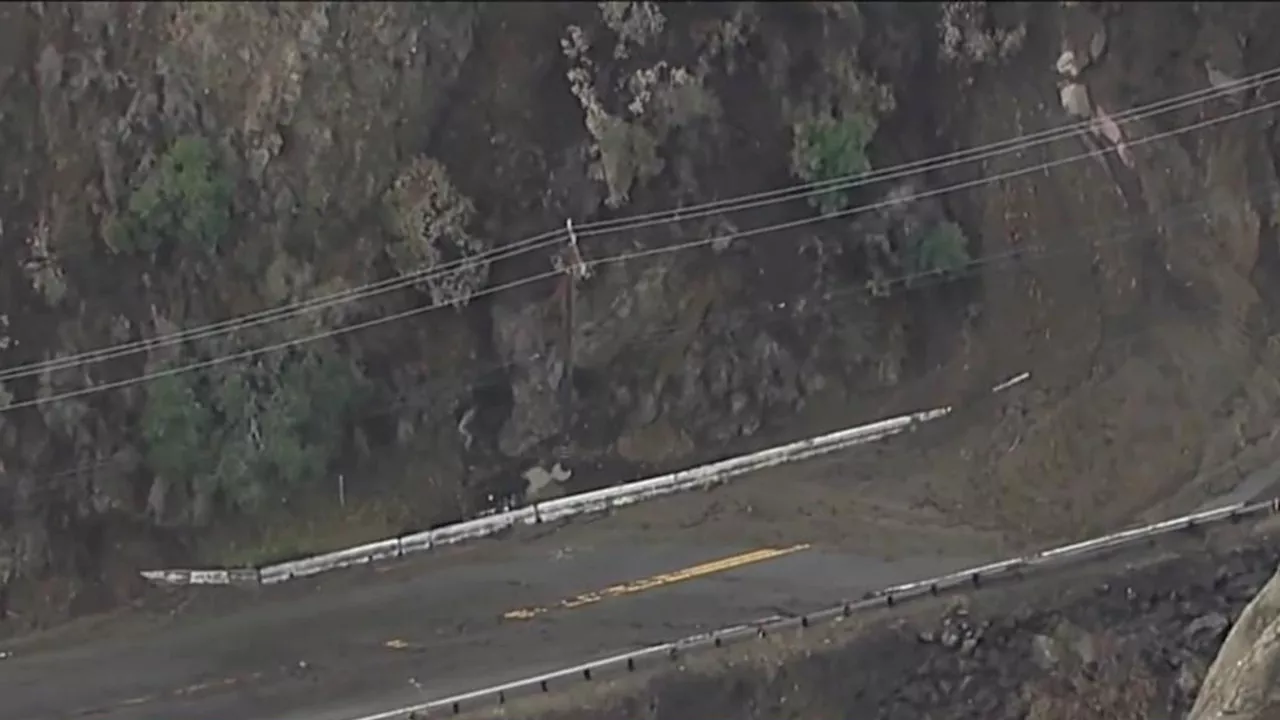 Rain in Southern California Fuels Mudflows and Fire Cleanup EffortsHeavy rainfall in Southern California caused mudflows and necessitates cleanup efforts in areas ravaged by recent wildfires. While the rain offers relief for firefighters, it also poses risks of toxic ash runoff and debris flows. Officials warn residents about the dangers of ash and urge them to exercise caution during cleanup activities.
Rain in Southern California Fuels Mudflows and Fire Cleanup EffortsHeavy rainfall in Southern California caused mudflows and necessitates cleanup efforts in areas ravaged by recent wildfires. While the rain offers relief for firefighters, it also poses risks of toxic ash runoff and debris flows. Officials warn residents about the dangers of ash and urge them to exercise caution during cleanup activities.
Read more »
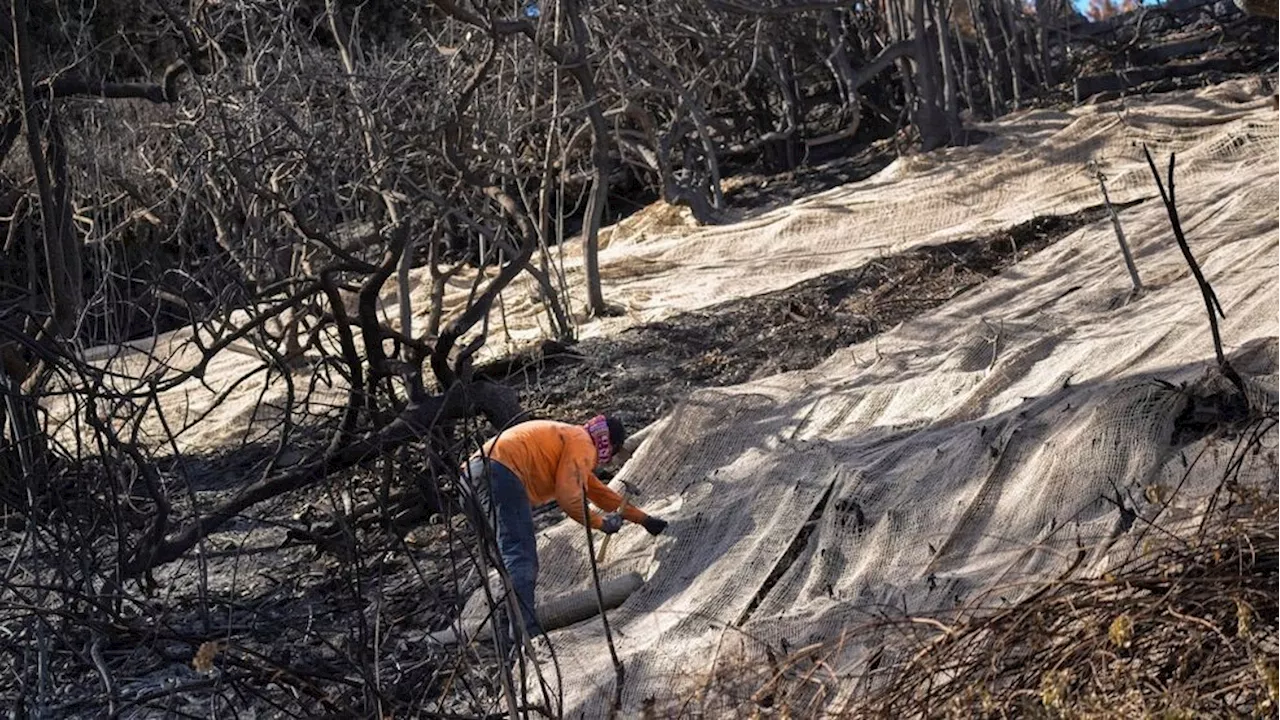 Rain in Southern California creates mudflows but helps firefightersMore rain fell Monday on parts of Southern California after causing mudflows over the weekend.
Rain in Southern California creates mudflows but helps firefightersMore rain fell Monday on parts of Southern California after causing mudflows over the weekend.
Read more »
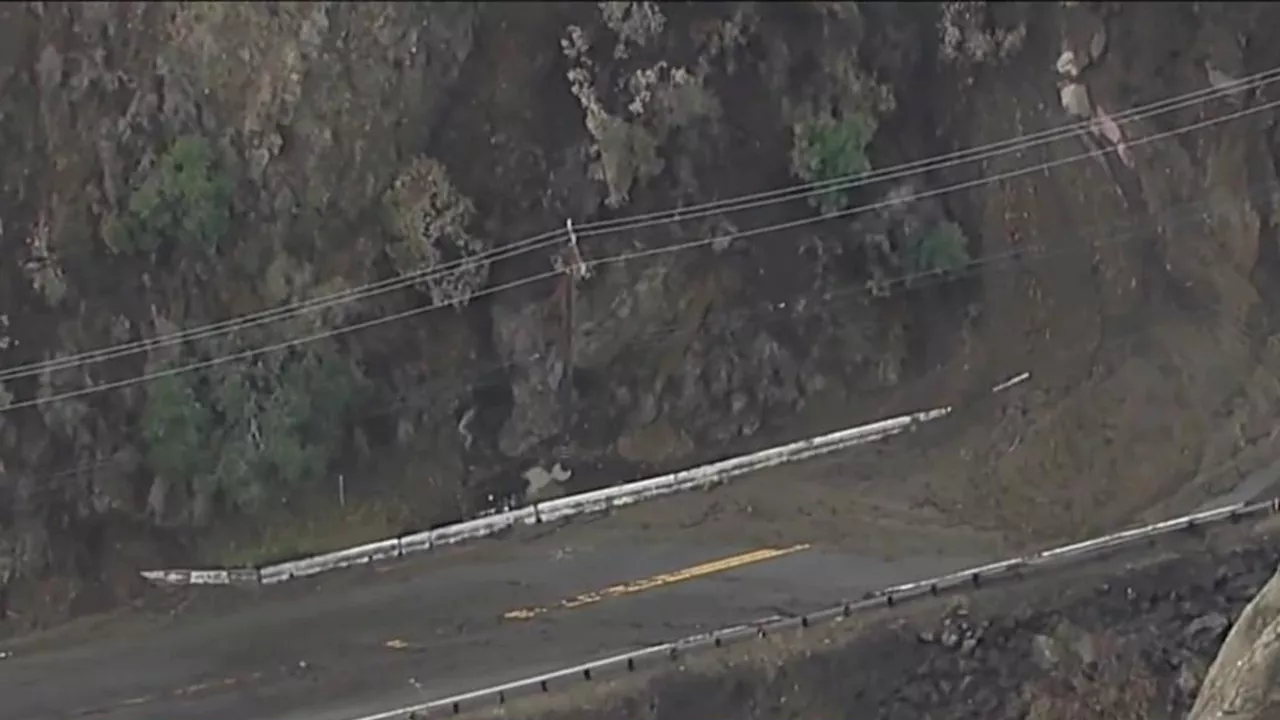 Rain in Southern California Brings Mudflows, Flood Risk After WildfiresMore rain fell on parts of Southern California following mudflows over the weekend, aiding firefighters but amplifying the risk of hazardous ash runoff in fire-scorched areas. Flood watches are in effect for burn regions from recent fires near Pacific Palisades, Altadena, and Castaic Lake.
Rain in Southern California Brings Mudflows, Flood Risk After WildfiresMore rain fell on parts of Southern California following mudflows over the weekend, aiding firefighters but amplifying the risk of hazardous ash runoff in fire-scorched areas. Flood watches are in effect for burn regions from recent fires near Pacific Palisades, Altadena, and Castaic Lake.
Read more »
